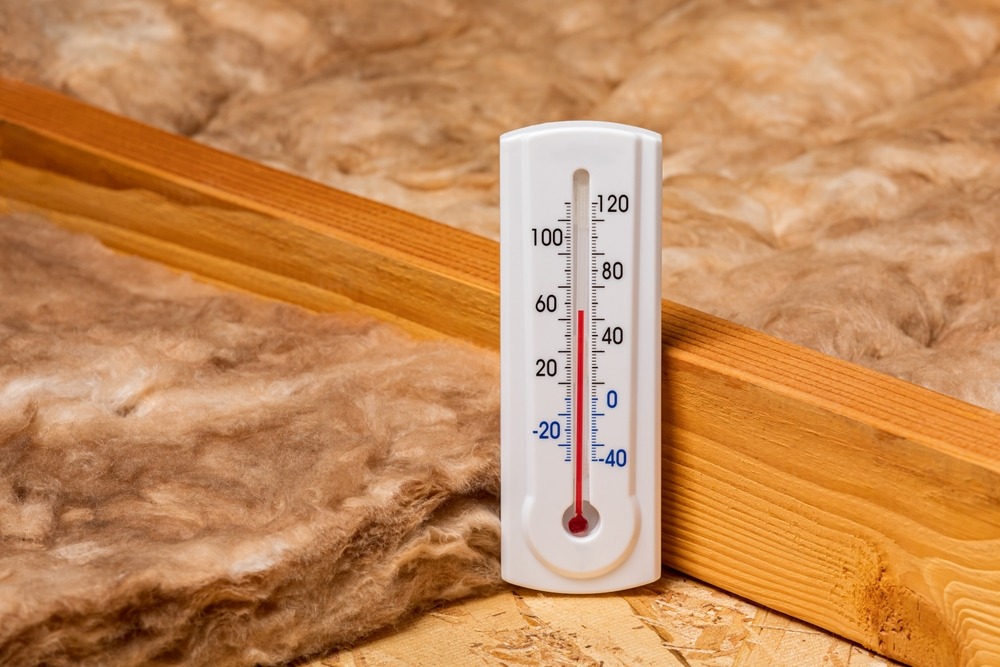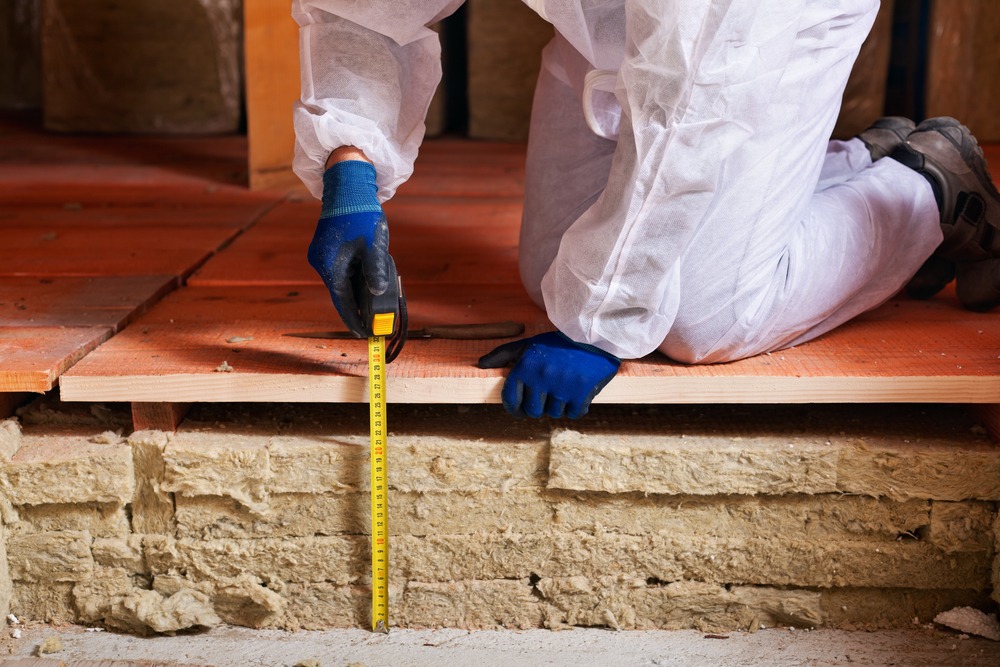Proper insulation is key to maintaining a comfortable and energy-efficient home, especially in areas like New Orleans, where weather extremes can put a strain on your heating and cooling systems. One of the most critical decisions when planning your insulation project is determining the correct thickness. Let’s break down the factors that influence insulation thickness to help you make the best choice for your property.
Understanding R-Value and Its Role
The R-value of insulation measures its ability to resist heat transfer. The higher the R-value, the better the material is at insulating your space. However, the required R-value—and by extension, the thickness—depends on your home’s location, climate, and the part of the building being insulated.
In regions with high humidity and heat, such as New Orleans, experts recommend using insulation materials with a higher R-value for attics, walls, and crawl spaces. Adding the right thickness ensures you meet the recommended standards for energy efficiency and comfort.
Factors That Determine Insulation Thickness
1. Climate Considerations
In warm, humid climates like New Orleans, thicker insulation in the attic is essential to keep the heat out and reduce cooling costs. For example, the U.S. Department of Energy suggests R-values between R-30 and R-49 for attics in southern states. This typically translates to 10-14 inches of fiberglass insulation or 6-10 inches of spray foam.
2. Home Design
Older homes often require thicker insulation than newly built ones, as they may lack modern energy-efficient building materials. Areas such as crawl spaces, which are prone to air leaks, can benefit from spray foam insulation due to its superior sealing properties.
3. Type of Insulation
Different materials provide varying levels of insulation at the same thickness. For instance:
- Fiberglass batts require more depth to achieve the same R-value as spray foam.
- Blown-in cellulose is highly effective for filling irregular spaces but may settle over time, necessitating an additional layer.
- Spray foam insulation offers the highest R-value per inch, making it an excellent choice when space is limited.
Why Thickness Matters for Insulation in New Orleans

Efficient insulation not only keeps your home comfortable but also reduces your energy bills by up to 40%. Using the right thickness tailored to the New Orleans climate helps you combat excessive heat and moisture while protecting your property from long-term damage caused by mold and mildew.
At LaPlace Insulation, we specialize in creating energy-efficient homes with premium insulation solutions. Whether it’s your attic, walls, or floors, we ensure the thickness of your insulation meets local building codes and industry standards.
How to Choose the Right Insulation Thickness for Your Needs
- Evaluate Your Home’s Needs: Conduct a professional energy audit or blower door test to identify areas of heat loss and determine the appropriate R-value.
- Consult an Expert: Professionals, like those at LaPlace Insulation, can recommend the optimal material and thickness for your specific situation.
- Prioritize High-Impact Areas: Focus on insulating the attic, walls, and crawl spaces first, as these are the most significant sources of energy loss.
Start Your Insulation Project Today!
Choosing the right thickness for your insulation in New Orleans ensures comfort, energy savings, and long-term value for your property. At LaPlace Insulation, we bring decades of expertise to every project, helping you select the best solutions for your home or business.
Ready to get started? Contact us today for a free estimate and let us help you achieve a more comfortable, energy-efficient space!

